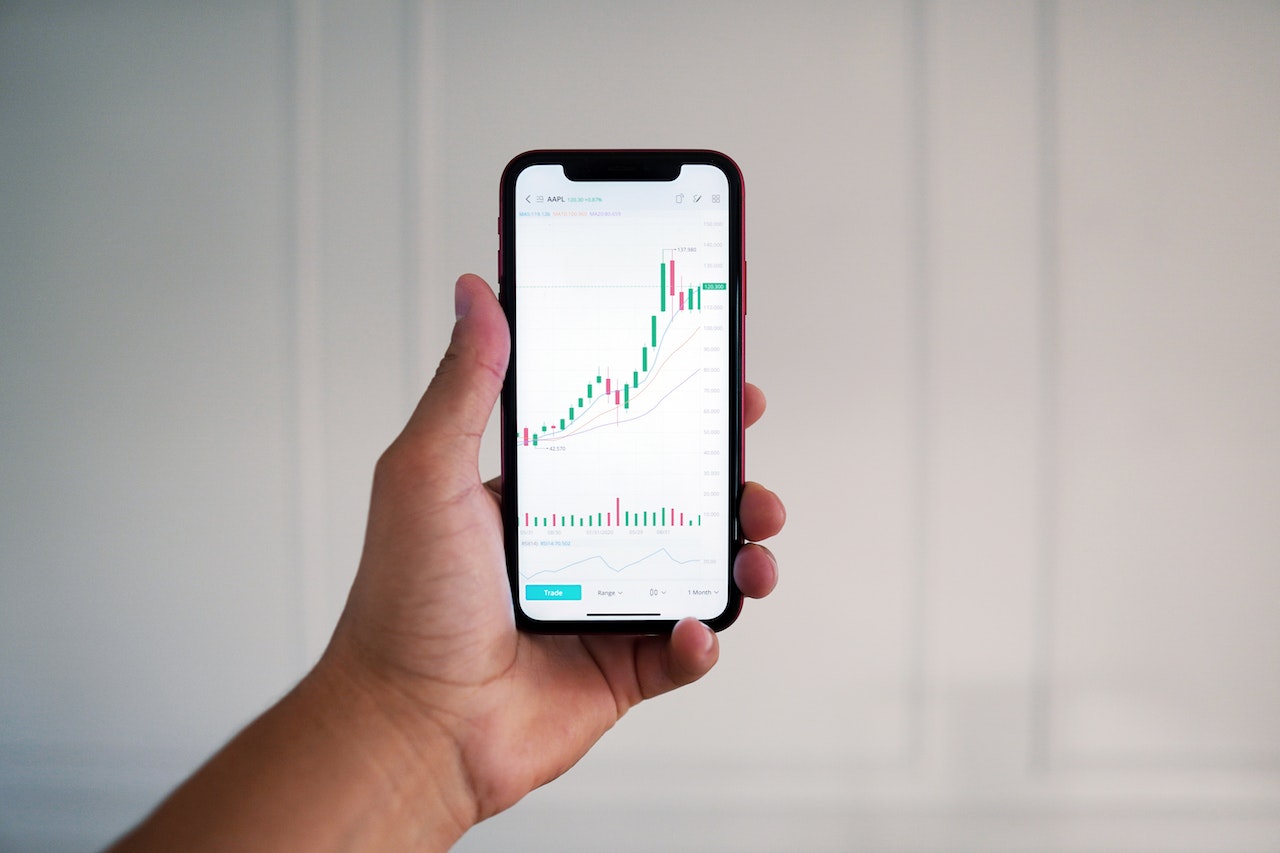Forex trading can be a daunting and complex task, especially for beginner traders. One resource that can help navigate the market and improve trading decisions is forex signals. Forex signals provide trade suggestions based on technical and fundamental analysis, helping traders identify potential trading opportunities. This comprehensive guide will explore what forex signals are, the different types of signals, and how beginner traders can effectively use them.
1. Understanding Forex Signals
Forex signals are trade recommendations generated by experienced traders or automated algorithms. They provide essential information to assist traders in making informed decisions about when to enter or exit a trade. Forex signals typically include the following information:
- Currency pair: The specific currency pair the signal is referring to, such as EUR/USD or GBP/JPY.
- Trade direction: The suggested direction of the trade, either buy (long) or sell (short).
- Entry price: The recommended price level at which to enter the trade.
- Stop-loss level: The price level at which to exit the trade if it moves against you, limiting your losses.
- Take-profit level: The price level at which to exit the trade when it reaches your profit target.
Forex signals can be based on various types of analysis, including technical analysis, fundamental analysis, or a combination of both. Traders can use these signals to supplement their own analysis or as the basis for their trading decisions.
2. Types of Forex Signals
There are several types of forex signals available, catering to the diverse needs and preferences of traders. Some of the most common types include:
- Manual forex signals: These signals are generated by experienced human traders who conduct their analysis and share their recommendations with subscribers. Manual forex signals can provide valuable insights and help traders develop their trading skills by learning from the experts.
- Automated forex signals: Generated by algorithmic trading systems, automated forex signals are based on pre-defined rules and trading strategies. These signals can provide a high degree of consistency and remove emotional bias from trading decisions.
- Free forex signals: Some forex signal providers offer free signals as part of their service. These signals may be limited in scope or frequency compared to premium offerings but can still provide valuable guidance for beginner traders.
- Premium forex signals: Subscription-based premium forex signals often include additional features such as real-time alerts, detailed market analysis, and ongoing support from the signal provider.
3. How to Choose a Forex Signal Provider
Selecting a reputable forex signal provider is essential for ensuring the quality and reliability of the signals you receive. Consider the following factors when choosing a forex signal provider:
- Track record: Look for providers with a proven track record of success and a history of delivering accurate, reliable signals.
- Trading style: Ensure the provider’s trading style aligns with your own, whether you prefer short-term scalping, day trading, or long-term position trading.
- Risk management: Choose a provider that emphasizes proper risk management and includes stop-loss levels in their signals.
- Transparency: Reputable providers should offer transparency about their signal generation process, trading strategies, and performance metrics.
- Cost: Evaluate the cost of the service in relation to the potential value and benefits it provides. Remember that the cheapest option may not always be the best choice in terms of quality and reliability.
4. How to Use Forex Signals
For beginner traders, forex signals can serve as a valuable tool for navigating the market and improving trading performance. Here are some tips on how to effectively use forex signals:
- Understand the signal components: Familiarize yourself with the key elements of a forex signal, such as currency pairs, trade direction, entry price, stop-loss, and take-profit levels.
- Use a demo account: Practice using forex signals on a demo account before transitioning to a live trading account. This allows you to test the signals and develop your trading skills in a risk-free environment.
- Apply risk management: Always utilize proper risk management when trading with forex signals. Set stop-loss orders according to the signal’s recommendations and use appropriate position sizing to limit your risk exposure.
- Monitor your performance: Track your trading performance when using forex signals to identify areas for improvement and gauge the effectiveness of the signals you’re using.
- Don’t rely solely on signals: While forex signals can be a valuable resource, it’s essential not to rely on them exclusively. Develop your trading skills and market knowledge to make more informed decisions and better interpret the signals you receive.
- Combine signals with your analysis: Use forex signals as a supplement to your analysis, rather than as the sole basis for your trading decisions. This approach allows you to gain additional insights and make more well-rounded trading decisions.
- Adapt to market conditions: Be aware that forex signals may not always perform well in all market conditions. Be prepared to adjust your trading approach as needed and consider using multiple signal sources to diversify your strategy.
5. Advantages and Disadvantages of Forex Signals
Forex signals offer several advantages and disadvantages for traders:
Advantages:
- Time-saving: Forex signals can save traders time by providing pre-analyzed trade suggestions, allowing them to focus on other aspects of their trading.
- Expert insights: For manual signals, traders can benefit from the knowledge and experience of professional traders, gaining insights that can help improve their trading skills.
- Consistency: Automated forex signals can provide a high level of consistency in trading decisions, reducing the impact of emotional bias.
- Diversification: Using forex signals from different sources can help traders diversify their strategies and adapt to changing market conditions.
Disadvantages:
- Reliability: The quality and accuracy of forex signals can vary, making it essential to choose a reputable signal provider.
- Dependency: Relying too heavily on forex signals can hinder the development of your trading skills and market knowledge.
- Cost: Premium forex signal services can be expensive, and traders must weigh the potential benefits against the costs.
Conclusion
Forex signals can be a valuable resource for beginner traders, providing trade recommendations based on technical and fundamental analysis. By understanding the different types of forex signals and choosing a reputable signal provider, traders can benefit from expert insights and improve their trading performance.
When using forex signals, it’s essential for beginner traders to apply proper risk management, monitor their performance, and not rely solely on the signals for their trading decisions. By combining forex signals with their analysis and adapting to changing market conditions, traders can maximize the benefits of forex signals and set themselves up for long-term success in the forex market.



